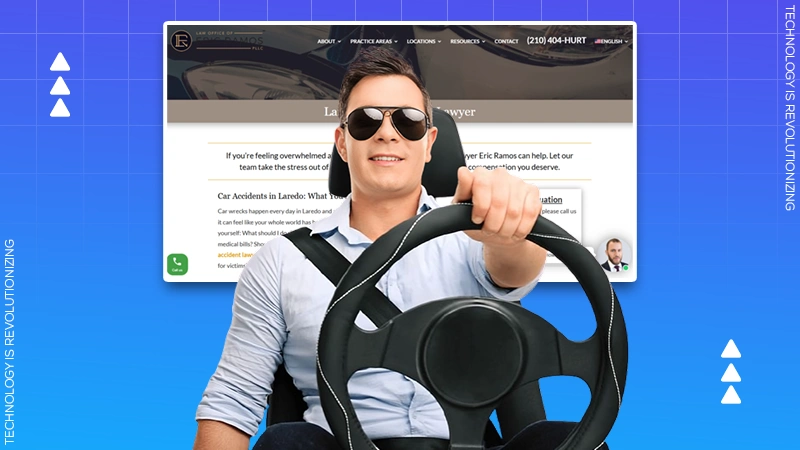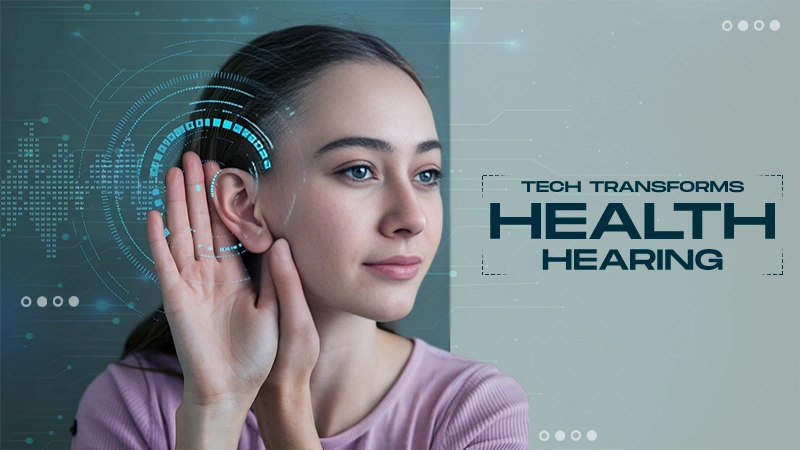Emergency Apps vs. Hands-on Skills: The Role of Technology in Life Support
Jump To Key Section
Surviving a cardiac arrest is complicated because you have only a few minutes to save someone.
In such an emergency, basic life support training comes in handy for anyone offering assistance.
Basic Life Support (BLS) and CPR training (Cardio Pulmonary Resuscitation) can help anyone experiencing cardiac arrest, respiratory distress, or obstructive airways.
What if you don’t know how to provide CPR and the nearest hospital is far away?
This is where technology steps in to assist healthcare professionals and individuals to get immediate help. Also, learn about Apps for Lawyers and Law Firms with this guide.
Emergency apps track your fitness, indicate heart rate fluctuations, inform the nearby hospital immediately, etc.
Many people are skeptical about using technology during such a scenario. Therefore, we are here to clarify the role of technology in life support along with hands-on skills.
Why Do We Need Tech in Life Support?
According to the latest report by the World Heart Federation, deaths from cardiovascular disease have surged to 60% in the last 30 years.
Reasons for this are our modern lifestyle that has led us to more sedentary work, less physical activity, unhealthy snacking habits, etc.
In fact, respiratory blockage can happen without warning, in any situation, at any age. One of the best solutions is undergoing basic life support training.
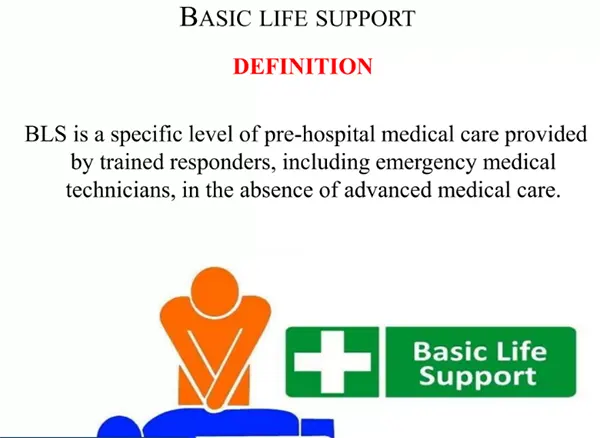
Today healthcare professionals trained in hands-on skills are provided with emergency apps to save patients’ lives.
Modern medical software is upgraded with automated devices that are accurate, efficient, and secure.
Let’s explore in detail the role of technology in saving the lives of people who need immediate medical services.
The Role of Technology in BLS
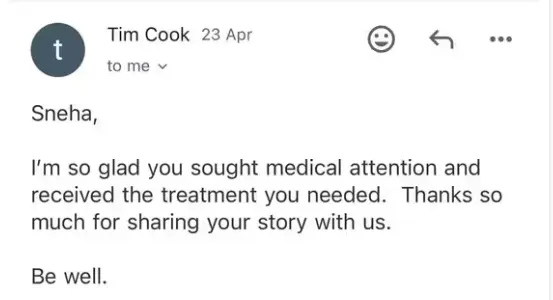
As we mentioned above the role of technology is beyond the latest medical devices.
This was proved right by the latest incident reported to a newspaper agency about Sneha Sinha using her Apple smartwatch to monitor her heart rate.
The above image is of an email from former Apple CEO, Tim Cook to Sneha a Delhi-based woman.
She had sent a “Thank You” note to the CEO “for developing such precise and advanced heart-monitoring features” (an Apple Watch) that saved her life.
The doctors reported that it was a “close call” for her, as not seeking immediate medical attention could have resulted in Atrial Fibrillation (AFib).
Many more such incidents have been reported when the latest technology has come to the rescue.
Here are a few ways emergency apps and medical software play a significant role in life support.
Enhanced Communication
The integration of technology has improved medical emergency services by making it easier to communicate.
- In any critical situation, the OPD department can interconnect with another department for required life-support supplies.
- With the SOS feature on mobile phones, patients, or bystanders, can contact the nearest hospital in real time.
- Social media and influencers also spread medical information needed for basic life support.
DO YOU KNOW?
Many airports have an AED device or an automated external defibrillator. It is a portable device to quickly shock someone’s heart and save their life during sudden cardiac arrest.
Faster Response Time
When it is a case of life or death, an instant response is necessary to save a patient. This has been resolved by the GPS-integrated devices that can track the location of an individual and reach there soon.
Moreover, the use of drones is highly favorable in emergencies, especially in a crowded area to deliver medical supplies, monitoring devices, and other healthcare facilities.
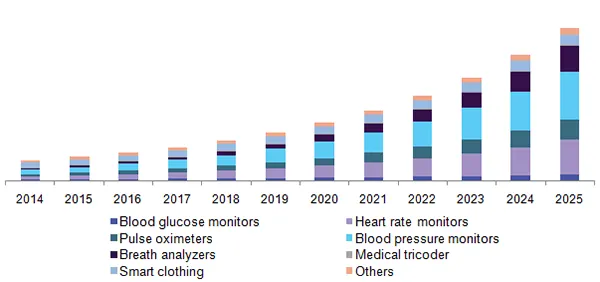
STATISTICS
The graph shows the type of smart medical devices market growth since 2014 which is forecasted to be in high demand in the coming years till 2025 and beyond.
Data Management of Patients
Analyzing and researching a medical condition has become convenient with data management software.
Medical data management apps have proved advantageous for scientists and researchers in the following ways:
- Medical professionals can now collect, store, and analyze data to identify patterns during a life support emergency.
- They can then modify and introduce better preventive measures, saving many more lives.
- Data analytics also aids in optimizing different healthcare processes that require emergency supplies to prevent any loss.
Training and Education
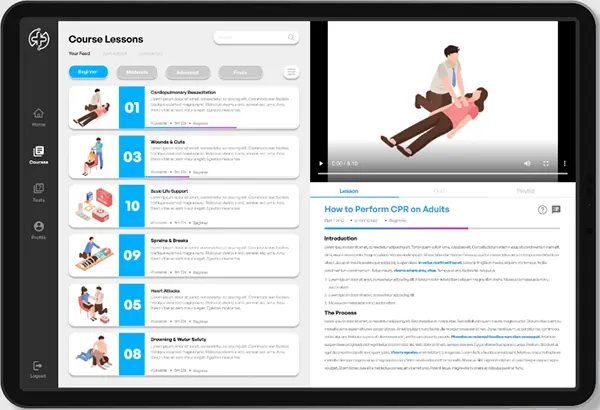
For the BLS training, medical professionals use simulation technology to practice real-life emergency scenarios and provide medical aid much more accurately.
Nowadays, training in basic life support is also available online which is a great way to inform people about the importance of CPR.
Education of non-medical individuals also becomes convenient, especially while conducting life support training in high schools.
Conclusion
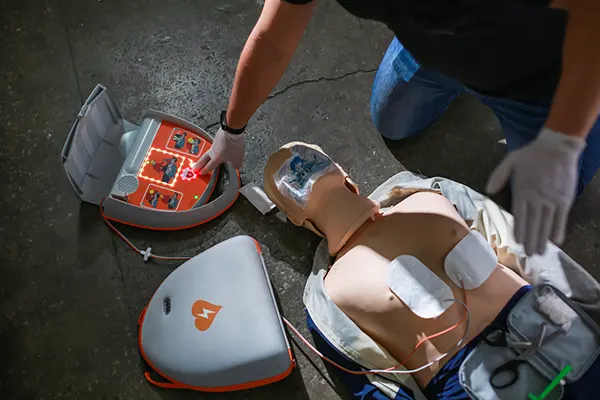
Technology innovation has also led the medical sector to adopt smart devices for saving lives.
It is a revolutionary step as accuracy and efficiency are of prime importance. Basic life support requires immediate medical attention that cannot be neglected.
With smart devices, identifying heart rate fluctuations can be monitored on time with faster treatment.
Therefore to conduct CPR, hands-on skills are important along with the assistance of advanced technology saving many people’s lives.



